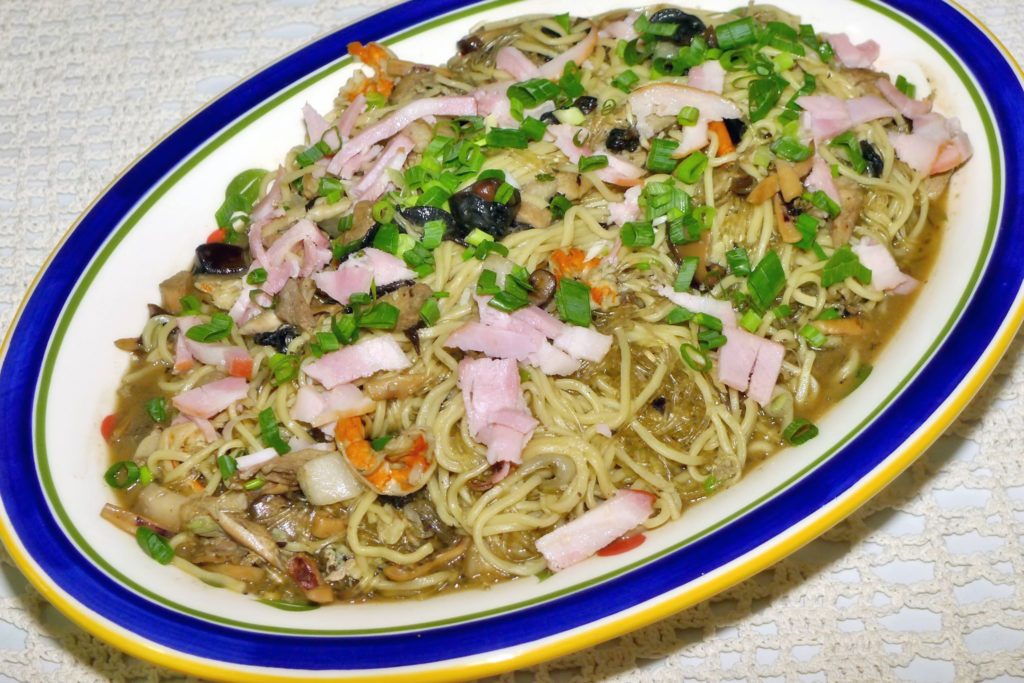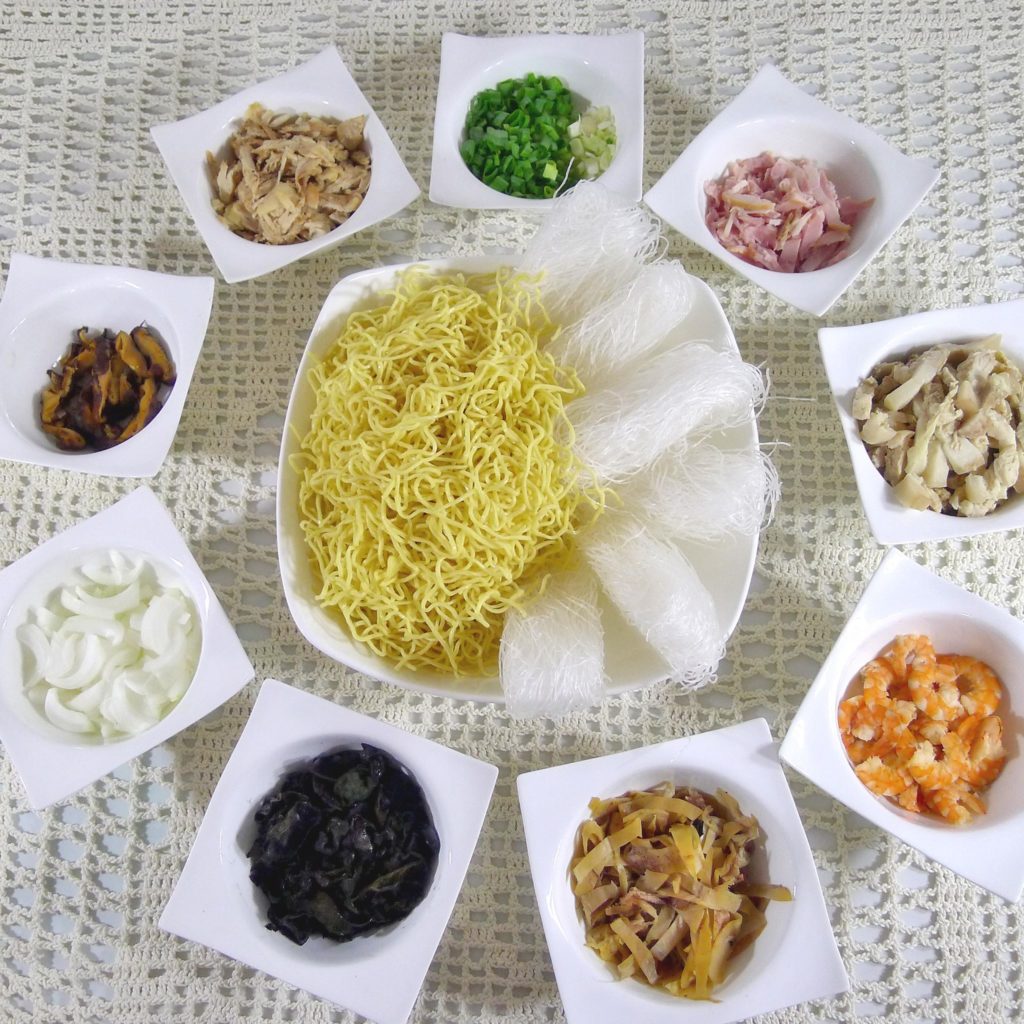
Bam-i
OUR RECIPE today is the Cebuano version of “pancit.”
The collective word for noodles in the Philippines is “pancit,” a word that originated from the Hokkien term “pian e sit,” which translates to “something that can be cooked easily.”
But the Chinese word for noodles is “mian.”
Maybe the Hokkiens were the first to sell their noodle dish in the Philippines so “pancit” found its way into our vocabulary.
Other provinces in the Philippines have their own versions of pancit, like Pancit Palabok, Pancit Malabon, Pancit Molo of Iloilo, Pancit Habhab of Quezon. In Cebu, we have Bam-i.
The name of this noodle dish is lost in history. Still, what we are certain of is that it originated in Cebu.
Bam-i sounds Chinese.
I suspect it must have started in the Parian district of Cebu where the old rich Chinese families resided at the turn of the 20th century.
While researching for my book “Hikay, The Culinary Heritage of Cebu,” I had the privilege of interviewing Ma’am Pepit Revilles (Josefa Revilles), niece of the grand dame of Casa Gorordo, Dona Telesfora Gorordo Jaen.
She grew up in the famous Parian landmark, Casa Gorordo.

Bam-i ingredients
The first thing she told me was that Bam-i should not be served “dry,” that a pot of hot caldo (soup stock made from chicken, pork and ham bones) should be on hand to add to the noodles.
Ma’am Pepit regaled me with stories of delectable dishes served in the old Gorordo house.
She said her Mama Teling would invite only 10 people to dinner since their dining table only seats 12.
A helper was assigned to fan the guests on hot humid days.
Urbano, their driver-mayordomo supervised the serving of the dishes and his wife was the household cook.
On Sundays lunch consisted of Linat-ang Baka with potatoes and cabbage, Lapu-lapu Escabeche and Adobo.
She waxed nostalgic while telling me about the “painit” served on Sunday afternoons.
“It was always hot Bam-i served with the lightest butter rich Ensaimadas or Torta and a cup of Sikwate.”
On the day of our interview, I was served Sikwate by her cook. Ma’am Pepit introduced her to me as the daughter of Urbano.
The Bam-i recipe that she gave me is the same Bam-i served in the old Gorordo house.
This Bam-i has no vegetables. It uses two kinds of noodles, Sotanghon or vermicelli and Sumi or egg noodles.
All the meats used are pre-cooked and the stock is reserved for the caldo.
I have nothing against people who modify the original recipe.
I know how tedious it is to cook something with more than 10 ingredients.
However, the purpose of this column is to present the original recipe to keep the integrity of the taste.
If you have the time, the energy and the wherewithal to prepare all the ingredients, I share with you the original Bam-i of Cebu!
Bam-i
1/2 kilo chicken
1/4 kilo pork with fat
2 pcs dried squid
1 cup dried black mushroom
1 cup fresh oyster mushrooms
1/4 kilo fresh shrimps
3 cloves garlic
1 big Bermuda onion
1/4 cup soy sauce
6 spring onions
1/2 kilo Sotanghon
1/2 kilo egg noodles
1/4 cup oil
1/4 kilo ham
bunch of Kinchay
Procedure
Boil pork and chicken separately.
When tender, remove from broth and slice into thin strips.
Set aside.
Reserve the stock for later use.
Soak the dried squid for at least 15 minutes.
Then slice into thin strips.
Soak the black mushrooms in water for 10 minutes.
Squeeze the water out and remove the hard parts.
Cut into 1 inch pieces and set aside.
Wash oyster mushrooms and cut into thin strips.
Set aside.
Boil the shrimps for one minute.
Let cool and remove the shell and cut lengthwise.
Set aside.
Wash and slice the spring onions into very small rounds.
Peel and chop the garlic.
Peel and slice the onion into thin strips.
Soak the sotanghon until the strands soften.
In a big wok, pour 1/4 cup of oil.
Heat oil and saute garlic and onions for two minutes.
Add the pork, chicken,squid, shrimps and soy sauce and 6 cups broth from the boiled pork and chicken.
Let boil and add the sotanghon, egg noodles and the mushrooms. Salt and pepper to taste. Add the spring onions and the kinchay.
Transfer to a deep serving dish. and sprinkle with the sliced ham.
If the Bam-i becomes dry when about to be served, add broth.
